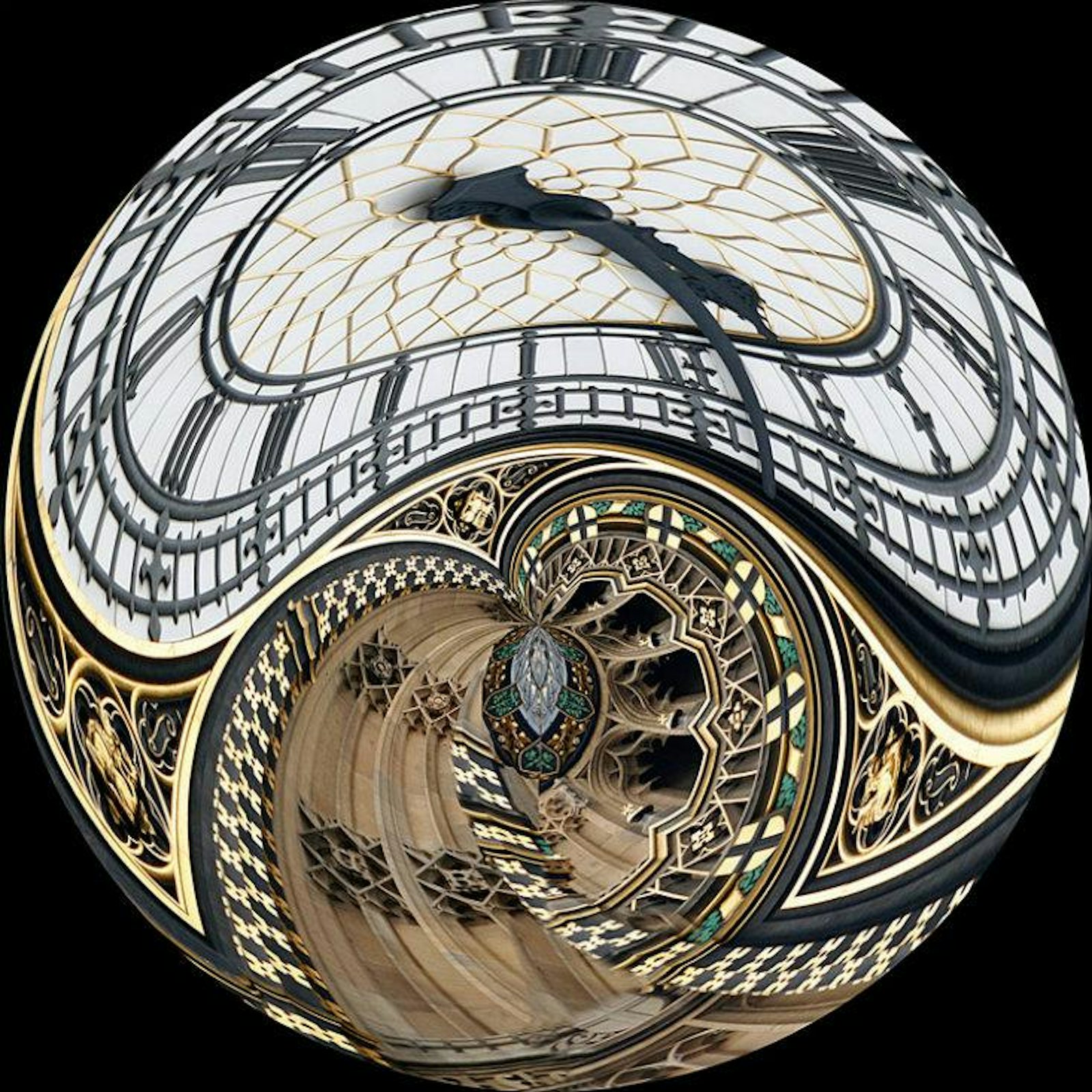
Earlier this month, the chief minister of the Indian state of Assam, Tarun Gogoi, started something of a brouhaha with a bold pronouncement on the generally sleepy topic of time zones. “We need a local time for Assam and the other northeastern states which will be ahead of Indian Standard Time by at least an hour to 90 minutes,” he said. “People will be more energetic, and we will save on energy consumption.”
Gogoi’s suggestion is unlikely to come to fruition soon—he would need support from many states and agencies that haven’t been consulted at all—but he does have a point. In The New York Times, Max Bearak reported that “In Mumbai, where Jahnu Barua makes documentary films, a normal Indian lunchtime of 2 p.m. more or less corresponds to midday. But when Mr. Barua goes back to his home state of Assam, especially during the winter months, the afternoon light is waning by the time lunch rolls around, and is completely gone by the time most people get out of work around 5.”
The issue is that India spans an east-west distance large enough to have two or even three time zones, though it actually operates entirely in one time zone. Part of the idea is that in an extremely diverse nation with over 1.2 billion people and 30 languages spoken by at least a million of them, having one time is a rare centralizing force. But if having one time zone imposes real costs to people and businesses in India’s far east and west, maybe adding a time zone or two would make sense.
If Indians do get serious about dividing the country’s clocks, however, they should first know how strange time zones themselves can be. As Ishaan Tharoor points out at TIME, “though Russia’s Asiatic port of Vladivostok sits clearly to the west of Japan, the time there is two hours ahead of Tokyo…The ancient Silk Road city of Kashgar, in China’s far west, is two and a half hours ahead of India on the clock despite lying farther west on the map than much of the subcontinent, including, indeed, Assam.”
Things don’t get much cleaner here in the U.S. Part of Oregon, which is right there on the Pacific Ocean, is in the Mountain Time Zone, while Nevada, which has no ocean coastline at all, adheres to Pacific Time. Thirteen states are split between two time zones, sometimes to unify one region with part of a neighboring state. Most of Indiana is in the Eastern Time Zone, but the northwest corner cleaves to Central Time to stay in sync with nearby Chicago. In fact, Indiana is a poster child of the complexity that can be achieved with time zones: The state had no fewer than eight significant changes to its time-keeping systems over the past century. The confusion is particularly acute in several counties in the southwest part of the state, which bounced between Central and Eastern Time zones in 1918, 1967, 2006 (when they also began observing daylight-saving time), and again in 2007.
In an extremely diverse nation with over 1.2 billion people and 30 languages spoken by at least a million of them, having one time is a rare centralizing force.
If time zones are so complicated, maybe we should get rid of them entirely. Could we unify the world under one global clock? That would go with the grand historical tilt toward globalization, and would make many aspects of dealing with a globalized world easier. After stepping off a five-hour flight, the time would always be exactly five hours later—no adjusting your watch (or phone). When you agree to talk at 9 o’clock with your sister, who lives three time zones away, you wouldn’t miss the call due to confusion about which 9 o’clock you meant. Astronomers around the world already coordinate times using UTC, the scientifically defined reference point for all other time zones. Of course, a one-time-zone system wouldn’t mean that everyone around the world actually lives their lives perfectly in sync: Instead of having one time zone for each north-south stripe on the planet, the people within each stripe would just do things at different times according to when the Sun rises and sets for them. A city’s regular workday might begin not at 9 o’clock but at 2, 5, or 11, depending on its longitude.
But this plan has a problem: It ignores the fact that time zones are at root a compromise between simplicity and shared meaning. Before the advent of time zones, each city followed its own local time, based tightly on observations of the Sun from that location, as time had been understood for thousands of years. When trains brought fast, long-distance travel in the 19th century, the discrepancies in local times made train schedules a confusing nightmare. Railroads themselves were the first to lump nearby cities together into one-hour time zones, long before governments got involved. While time zones simplified timing for train operators, they managed to preserve some of our connection to the natural solar cycle that inspired the 24-hour day in the first place. No city’s clocks would be much further than an hour off from its true local solar time. For Hoosiers living right near the often-moving border between Eastern and Central, the Sun might hit its peak at 11 o’clock or 1 o’clock, but it would never happen at 6.
By letting every person stay at least somewhat in tune with the Sun, time zones also let us stay at least somewhat in tune with each other—at least in terms of how we talk about time. If we switched to one world time zone and you saw the Sun peak at 6 o’clock, would “high noon” (the phrase or the movie title) still make sense as an ominous time to have a shoot-out? Would “9 to 5” (again, phrase or movie title) be recognized as the standard hours for the daily grind of an office drone?
These squishy benefits of holding part of our traditional views of time might be insignificant compared with the more tangible benefits of having everyone on the same clock. Or maybe a universal time zone would be better, but changing to that kind of system would be too tough a transition. After all, most people don’t look forward to messing with their clocks like those tinkerers in Indiana.
Amos Zeeberg is Nautilus’ digital editor.


























